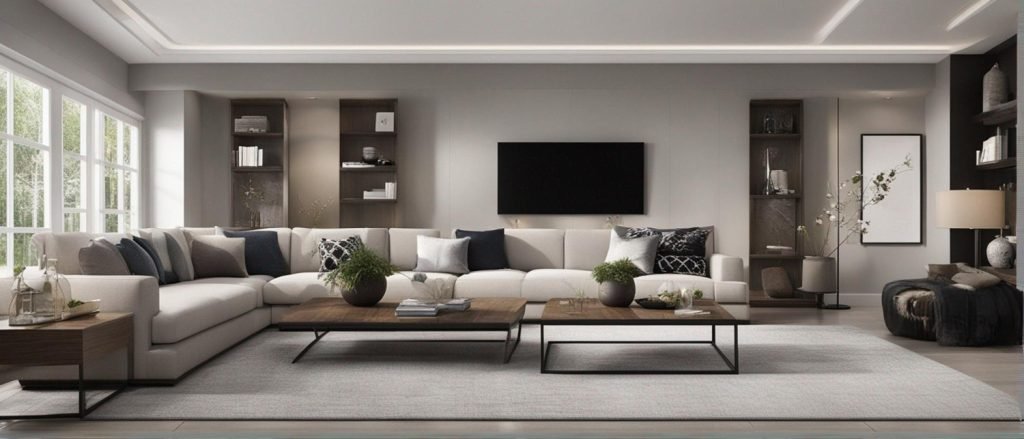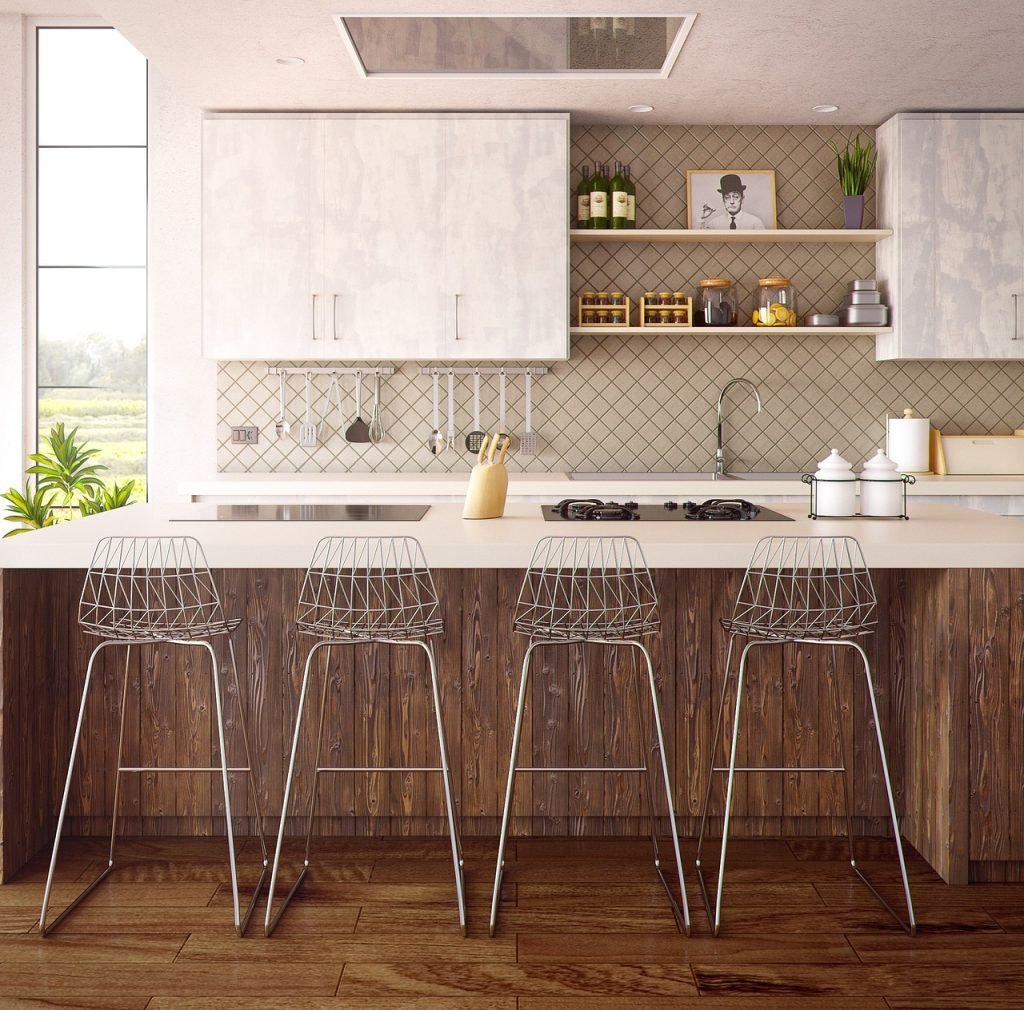Designing your home should be an exciting experience, but without proper planning, it can quickly turn into a source of regret and frustration. Many homeowners make critical errors that lead to costly redesigns, daily inconveniences, and spaces that fail to meet their needs. Understanding these common pitfalls helps you create functional, beautiful interiors that truly feel like with Kaasa homes. Let’s examine the five most significant mistakes people make during the interior design process and how to avoid them.
The Critical Interior Design Mistakes
Here are the most common errors that can derail your interior design project and how to steer clear of them.
1. Ignoring Functionality for Aesthetics
One of the most common errors homeowners make is prioritising visual appeal over practical use. A kitchen might look magazine-worthy, but if the layout forces you to walk across the room repeatedly while cooking, it becomes frustrating. Similarly, a bedroom with insufficient storage or a living room with impractical furniture arrangements creates daily challenges that beautiful finishes can’t overcome.
The key is finding balance. Your living room needs adequate seating for family gatherings. Your bedroom requires enough wardrobe space for everyone’s belongings. Your modular kitchen must support your cooking habits and lifestyle. Professional designers excel at creating personalised spaces that blend beauty with purpose, ensuring every room works as hard as it looks good.
2. Skipping Professional Consultation
Many homeowners attempt DIY interior design to save money, but this approach often backfires. Without expert guidance, you might face poor space planning, budget overruns, inconsistent design choices, and coordination problems between different rooms. What seemed like savings becomes expensive when you need to redo work.
Professional interior designers bring invaluable expertise to your project. They understand how to translate your preferences into workable plans, maximise every square foot, and foresee potential problems before they occur. A proper consultation lays the groundwork for successful execution by understanding your needs, style preferences, and budget constraints. Many designers offer free 3D design services, allowing you to visualise your space before any work begins, eliminating costly surprises.
3. Compromising on Quality Materials
Cutting corners on materials might seem like a smart way to reduce costs initially, but this decision creates long-term problems. Cheaper alternatives deteriorate faster, require frequent repairs, and eventually cost more than quality materials would have upfront. Poor-quality plywood warps with moisture, laminate surfaces bubble and peel, and substandard fittings break under regular use.
Quality materials protect your investment. Anti-humid plywood resists moisture damage in bathrooms and modular kitchen. Bubble-proof technology prevents laminate surfaces from swelling and deteriorating. Proper edge binding ensures clean, durable finishes. Toughened fittings withstand daily wear while maintaining their appearance. Factory-finished products undergo rigorous quality checks—160 or more inspections—ensuring everything meets high standards. A 10-year warranty provides peace of mind that your interiors will last.
4. Lack of Proper Planning and Timeline
Rushing design decisions or setting unrealistic expectations leads to numerous problems. Without detailed planning, you face coordination issues between contractors, material delays, compromised workmanship, and frustrated execution teams. Projects drag on far longer than expected, disrupting your life and inflating costs.
Successful interior design requires a meticulous approach. Detail-driven designs account for every aspect of construction and finishing. Clear timelines keep everyone accountable and ensure work progresses smoothly. Professional teams can complete projects within defined schedules—often within 45 days for certain scopes—when proper planning precedes execution. This structured approach means less stress for you and better results overall.
5. Overlooking After-Sales Service and Support
Many homeowners focus exclusively on the initial installation, forgetting that long-term maintenance and support matter just as much. What happens when a hinge loosens, a drawer track needs adjustment, or you notice a finish issue months later? Without reliable after-sales service, you’re left searching for solutions and spending more money on fixes.
Quality assurance shouldn’t end when contractors leave your home. The best interior designers provide extended support after project completion, addressing any concerns that arise and ensuring your satisfaction. This ongoing relationship protects your investment and gives you confidence that someone stands behind the work. Regular maintenance keeps everything functioning properly for years to come.
Why Professional Interior Designers Make the Difference
Working with experienced professionals changes everything about your interior design experience. Skilled designers specialise in creating personalised, functional spaces that reflect your unique style, from Modern Minimalism to Classic Luxury. They bring your vision to life through innovative solutions that marry form and function seamlessly.
Complete turnkey services simplify the entire process. Rather than coordinating multiple vendors yourself, your design team handles everything—from ideation through execution to maintenance. This includes all aspects: balconies, children’s rooms, study rooms, bar units, bathrooms, TV units, living rooms, wardrobes, master bedrooms, and modular kitchens.
Transparent pricing eliminates the stress of hidden costs and surprise charges. You know exactly what you’re paying for, with no sneaky additions that inflate the final bill. This honesty builds trust and allows you to make informed decisions about where to allocate your budget.
Professional teams also leverage superior materials and techniques. Advanced technologies like anti-humid materials, bubble-proof applications, and factory finishes ensure durability. These advantages come from partnerships with trusted suppliers and decades of industry experience—over 70 years in some cases—creating interiors that exceed expectations.
The Right Approach to Interior Design
The best interior design process follows three clear steps. First, consultation establishes an understanding of your needs, preferences, and budget. This foundation ensures everyone moves forward with aligned expectations. Second, the design phase translates your vision into detailed plans using free 3D visualisation tools. Finally, execution brings those plans to reality through careful construction and finishing work.
This methodical approach respects both your timeline and your investment. Designers work according to your schedule, providing prompt responses and maintaining open communication throughout. The result is a home that truly feels like yours—comfortable, functional, and beautiful in equal measure.
Conclusion
Avoiding these five mistakes ensures your interior design project becomes the success you envisioned. Don’t sacrifice functionality for looks, skip professional guidance, compromise on materials, neglect proper planning, or overlook after-sales support. Instead, partner with trusted, experienced Kaasa homes interior designers in Nagpur who understand how to create spaces that work for your life. Transform your house into a dream home through expertise, quality craftsmanship, and personalised care that make every corner worth celebrating.

